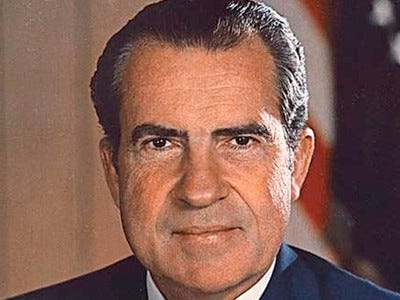denverpilot
Tied Down
Just for fun...
Flew with a different instructor the other day and he asked at startup, "Do you prefer to switch both sides of the master on at start, or keep the alternator off?"
Now honestly, I DO know why you'd leave the alternator side off in cold weather for start, or anytime you needed maximum spin to get the thing started, but with every Cessna manual and checklist for all the stuff I've ever flown simply saying, "Master on", I normally don't "split" it for start.
But thinking about it some more, I may change my ways. .
.
He mentioned they always start split in their club aircraft and then do the voltage warning light and ammeter check by observing both for correct behavior when they turn the alternator side on.
Curious what your technique is. If you have a split master, do you split it for start? If you fly something other than Cessnas did you learn it from your POH's checklist or somewhere else?
By the way, I do always split it at run-up to make sure our "high voltage" light illuminates and there's appropriate changes on the ammeter as an add on to the run up engine instrument checks, since It flows in there nicely when you're already looking at the engine and electrical system cluster. You can't really forget it that way. You're looking at the checklist by just looking at the cluster.
That was learned mostly from months of fighting a balky voltage regulator in our airplane, many years ago. We'd get all sorts of goofy things. HV light illuminating at takeoff, popped a main bus breaker once. All sorts of screwball stuff.
And of course in 70s vintage Cessna land, for those unaware, the "high voltage" light actually can be caused by three things... high voltage cut out by the voltage regulator, LOW voltage cutout (brilliant labeling isn't it), and any failure of the alternator field voltage provided by the voltage regulator.
The light really should just be labeled, "electrical system pooched". High voltage isn't the only thing that will illuminate it.
High voltage isn't the only thing that will illuminate it.
But anyway. What say you? Start split and then bring the alternator online, or start with the dual switch on, both sides?
(And understood and acknowledged that many aircraft have real separate switches for this and SOP in those on their checklists is to split them naturally. I'm mostly interested in the aircraft that have the dual sided switches and what people were taught to do, and where they picked it up.)
After reading this are you thinking about changing your method?
I thought it was an interesting question he posed. It certainly stopped my before start checklist and flow...
Flew with a different instructor the other day and he asked at startup, "Do you prefer to switch both sides of the master on at start, or keep the alternator off?"
Now honestly, I DO know why you'd leave the alternator side off in cold weather for start, or anytime you needed maximum spin to get the thing started, but with every Cessna manual and checklist for all the stuff I've ever flown simply saying, "Master on", I normally don't "split" it for start.
But thinking about it some more, I may change my ways.
He mentioned they always start split in their club aircraft and then do the voltage warning light and ammeter check by observing both for correct behavior when they turn the alternator side on.
Curious what your technique is. If you have a split master, do you split it for start? If you fly something other than Cessnas did you learn it from your POH's checklist or somewhere else?
By the way, I do always split it at run-up to make sure our "high voltage" light illuminates and there's appropriate changes on the ammeter as an add on to the run up engine instrument checks, since It flows in there nicely when you're already looking at the engine and electrical system cluster. You can't really forget it that way. You're looking at the checklist by just looking at the cluster.
That was learned mostly from months of fighting a balky voltage regulator in our airplane, many years ago. We'd get all sorts of goofy things. HV light illuminating at takeoff, popped a main bus breaker once. All sorts of screwball stuff.
And of course in 70s vintage Cessna land, for those unaware, the "high voltage" light actually can be caused by three things... high voltage cut out by the voltage regulator, LOW voltage cutout (brilliant labeling isn't it), and any failure of the alternator field voltage provided by the voltage regulator.
The light really should just be labeled, "electrical system pooched".
But anyway. What say you? Start split and then bring the alternator online, or start with the dual switch on, both sides?
(And understood and acknowledged that many aircraft have real separate switches for this and SOP in those on their checklists is to split them naturally. I'm mostly interested in the aircraft that have the dual sided switches and what people were taught to do, and where they picked it up.)
After reading this are you thinking about changing your method?
I thought it was an interesting question he posed. It certainly stopped my before start checklist and flow...

